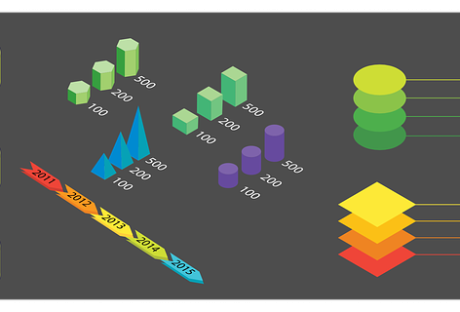I’ve got a 4Runner and I ordered an antenna mount for my new CB radio from the Rago Fabrication website. It took a couple of days to arrive and I was struck when I opened the packaging that the product itself was nice and robust and of high quality.
I got to the weekend and I had a spare afternoon to try and install myself – as I wanted to save on the cost of having it professionally done. The problem is that I couldn’t quite work out how it bolted onto my Toyota, so I kinda thought “that was that” and that I should start calling around for a company to put it on for me.
However, before I made that booking, I went back to the Rago Fabrication website to see if there was any help I could get. I was very pleasantly surprised.
Contents
An Extensive Range of Install Guides & Videos:
Most commercial websites out there will have some kind of FAQs section or an email address you can contact for post-sales support and whilst Rago’s site had one too, it also had much, much more. I don’t mind telling you that it blew my mind a little.
I quickly found a video guide that detailed exactly how to fit my antenna mount in minute detail, so I was able to finish the fitting job myself and save quite a few dollars into the bargain. It wouldn’t be a stretch to say that the Rago Fabrication website over-delivered and then some!
After I finished what I had to do for my vehicle, I went back again to see what else they had. I found video after video after guide after guide for customers to use for a wide range of products. It seemed that whatever product they sold, there was a way for those less technically minded to take care of their own installation.
In fact, I found out that they have an entire YouTube channel dedicated to helping their customers. You can see it yourself by clicking this link.
I Think Customer Service Really Matters:
The quality of any merchandise you buy online is important – of course, it is.
However, what also matters to people like me (and I think I speak for a lot of people) is great service. What these guides and videos have done for me as a customer is ensured that I go back again because I know I’ll be looked after.
When a company takes this much care in providing these ‘how-to guides, it makes you realize that they’re going to be conscientious in lots of other areas too, like offering the best products.
I Know Where I’m Going Next Time!
I’m going to be upgrading and enhancing my 4Runner more over the next couple of years – as it’s a fun and enjoyable thing to do. What I know is that I’m going to be going back to the Rago Fabrication website again, as I now know what to expect – exactly what I need.
Where you go is your prerogative, but if they don’t offer all of this great after-service, then I think you know where to go.






















